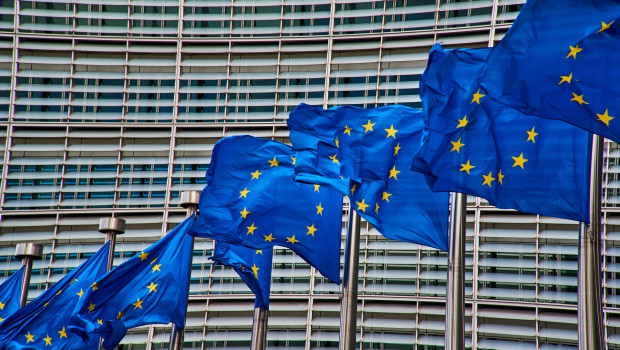Eurozone inflation reaches 7%

Eurozone inflation reached 7% in April, official data showed on Wednesday, in line with expectations.
According to Eurostat, the statistical office of the European Union, annual inflation - as measured by the harmonised index of consumer prices - was 7% last month, up from 6.9% in March. April’s figure matched both consensus and earlier estimates.
Across the wider bloc, annual inflation eased to 8.1% from 8.3% in March.
The highest contribution to the inflation rate came from food, alcohol and tobacco, although the rate did ease, by 1.8 percentage points to 13.5%.
Core inflation, which strips out the more volatile elements of energy and food, eased to 5.6% from 5.7% a month earlier, also in line with consensus and previous estimates.
Among individual member states, the annual inflation rate in Germany - the bloc’s biggest economy - was 7.6% in April, down on March’s 7.8%. It edged higher elsewhere, coming in at 3.8% in Spain, 6.9% in France and 8.7% in Italy.
Claus Vistesen, chief Eurozone economist at Pantheon Macroeconomics, said: "Inflation stabilised in the Eurozone at the start of the second quarter, but we remain convinced that the trend is now falling, at least in the headline.
"We remain confident that the underlying trend in energy inflation is firmly down, judging by the level and trend in wholesale gas and oil prices. The April data also offered the first sign of relief in food, alcohol and tobacco.
"Our forecasts imply that headline inflation is now in sustained downtrend. We see the headline HICP at around 4.5% in September, at 3% by the end of the year and falling to 2.5% by the end of the first quarter of 2024."
All European Union countries use the same methodology to calculate HICP.